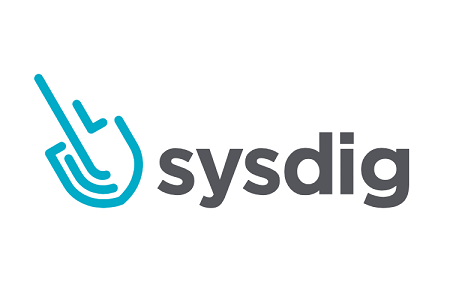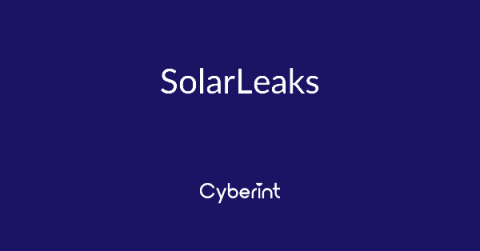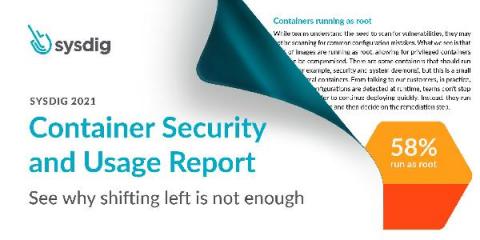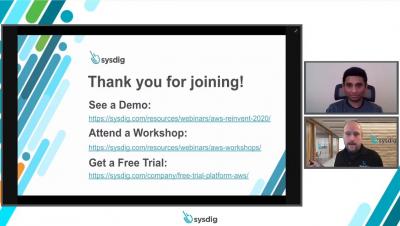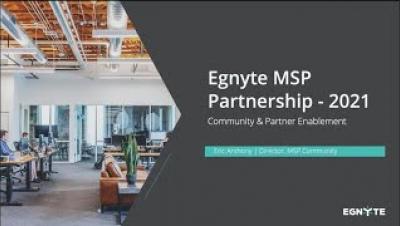Cybercriminals are Bypassing Multi-factor Authentication to Access Organisation's Cloud Services
The US Department of Homeland Security’s Cybersecurity and Infrastructure Security Agency (CISA) has issued a warning to companies to better protect their cloud-based accounts after several recent successful attacks. According to an advisory published by CISA, an increasing number of attacks have succeeded as more employees have begun to work remotely with a variety of corporate laptops and personal devices during the COVID-19 pandemic.






